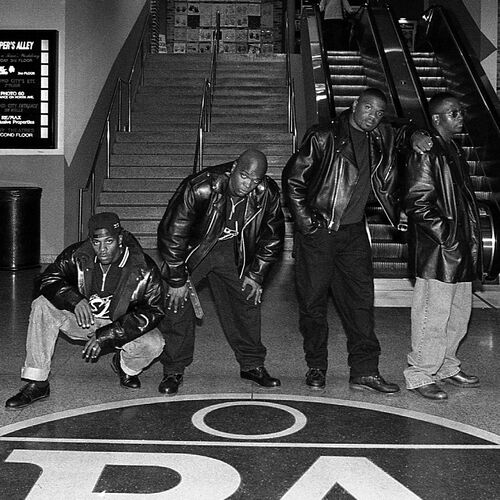

As is the case in other facial reconstructions, Molnar created John Doe with brown eyes as that is the most common eye color, but stressed he could have had different eye color. In this case, there was no hair recovered from John Doe so Molnar used a more generic hairstyle as to not take away from his features. "I guess anybody that's looking at this sculpture just take into account that that wasn't recovered," she said. She reads the coroner's report and looks at every detail from what the person was wearing at the time of their death to what type of hair they had.

" And we want to do everything we can to try to give them their name back because nobody deserves to lose their name forever." Also, like, I'm literally holding somebody's head in my hands, as I'm referencing the actual skull to do the reconstruction, so this is somebody whose actual life, their name was taken from them," said Molnar. "Sometimes you're swabbing their actual family members and they're coming and looking at your reconstruction and wondering if that's their loved one. With every facial reconstruction the goal is the same for Molnar-to give them their name back, give their family a funeral, give their family an answer and put somebody behind bars if it was a homicide. Samantha Molnar, who has worked with BCI for seven years, doing facial reconstruction for six of those years, doesn't take her role as identifying someone who no longer can speak for themselves lightly.

"We do have his DNA so if there's anyone who thinks that this could potentially be their relative, you know, we can look at DNA and try to make a match there," Rusnak said. The medical examiner was able to determine John Doe there for at least two years as that is the minimum time it takes for a body to decompose to skeletal remains. It’s unknown if John Doe used drugs as there were no organs to take blood or urine samples. Clay model shows what an unidentifed man, who was found in Stark County, would have looked like.


 0 kommentar(er)
0 kommentar(er)
